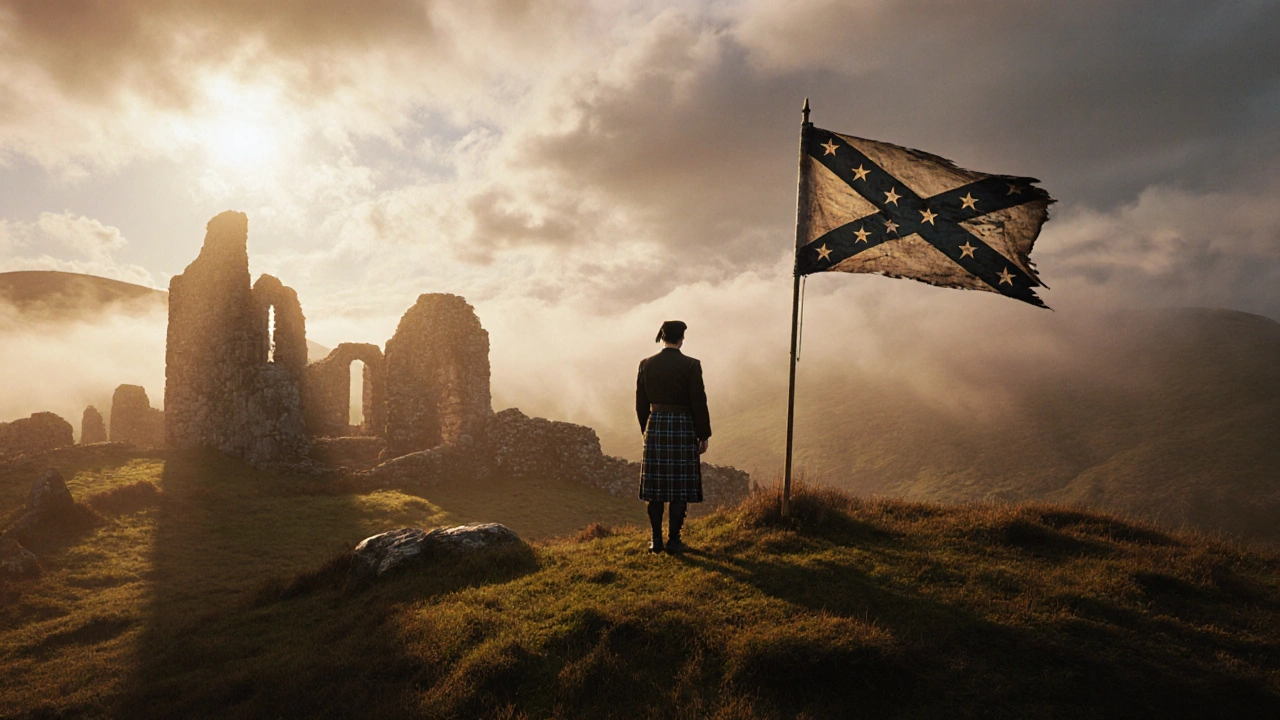Scotland self-determination: History, Movements, and Modern Voices
When we talk about Scotland self-determination, the right of the Scottish people to govern themselves without external control. Also known as Scottish independence, it isn’t just a political goal—it’s a thread running through centuries of resistance, culture, and everyday life. This isn’t about flags or slogans. It’s about who controls the money, the land, the schools, and the hospitals. Look at NHS Scotland, the publicly funded healthcare system that provides free care to residents, separate from England’s NHS. In Scotland, prescriptions are free. Eye tests and dental care are more affordable. That’s not an accident. It’s a choice made by a government that answers to Scots, not Westminster. That’s self-determination in action.
And it’s not new. The Battle of Stirling Bridge, the 1297 victory led by William Wallace against a much larger English force wasn’t just a military win—it was a declaration that Scotland could fight for its own rule. That spirit didn’t vanish. It lives in the standing stones of Neolithic Scotland, in the rewilding projects bringing back wildcats and beavers, and in the fishing villages of Fife that still run on local rhythms, not corporate schedules. Rewilding Scotland, efforts to restore natural ecosystems by removing human control over land use is another form of self-determination: letting nature decide what grows, where, and how. It’s about rejecting top-down planning and trusting local knowledge. The same logic applies to who runs the schools, sets the tax rates, or decides which roads stay open in winter.
Self-determination isn’t a single event. It’s a pattern. It’s in the way the Glasgow Film Festival showcases Scottish stories without waiting for London’s approval. It’s in the whisky distilleries on Skye that sell directly to visitors, not through national chains. It’s in the quiet decision to protect Tain Beach’s dolphins instead of building a resort. These aren’t just tourist attractions—they’re acts of autonomy. Every time a community chooses its own path, it reinforces the idea that Scotland doesn’t need permission to be itself.
What you’ll find here aren’t just articles about politics. You’ll see how history, nature, health, and culture all connect to the question: Who gets to decide? From William Wallace’s battlefield to the modern debates over funding and land rights, this collection shows that self-determination isn’t a slogan—it’s a lived reality, woven into the land and the people who call it home.

Scottish Independence Movement: History and Modern Context
Caleb Drummond Nov 23 10The Scottish independence movement has deep historical roots and a modern political force. From the 1707 Union to the 2014 referendum and beyond, Scotland’s push for self-determination continues to shape its future.
More Detail